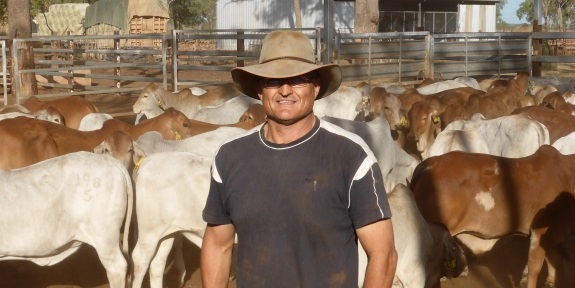Animal Genetics and Breeding Unit (AGBU) at the University of New England principal scientist Dr David Johnston – one of the architects of BREEDPLAN – says in breeding programs the seedstock operator replaces nature in choosing who will be the parents of the next generations in the Australian herd.
Featuring on the Te Mania Angus podcast RawAg, David said although you pick the sires and the dams, the real art is using the best available data to make the right decisions.
And that’s the business David is in.
“If you want to make maximum change in any population then the fewer traits you work on, the more progress you’ll obviously make, but only in that one trait,” David said.
“The other traits are still driving profitability to commercial producers so you have to be pragmatic and say, well, in fact, if they’re all affecting profit, we have to consider them all at once,” he added. “Because some are more economically important than others, some traits are more easily changed by selection than others”.
“Therefore, the weighting you put on all those traits differs, depending on that economic value.
“And so that’s what we come up with, when we derive selection indexes we actually optimise that selection for the breeding objective, which is profit.
“So we don’t focus on any one trait, we focus on improving the overall breeding objective, such that we simultaneously change all the traits in the direction that improves profit.”
David explained it used high-powered statistics; “and we’re using what’s called best linear unbiased prediction”.
He said that is a statistical procedure that allows us to separate the genetic component of that mob, and the environment, because most of the traits we work with are a combination of the genes they’ve inherited from their parents, and the environment we provide.
And obviously, that environment is not transmitted to the next generation. It’s only the genes. It’s only the DNA that comes from the sperm and the egg of the mother and the sire, that’s passed on.
“It’s a bit like simultaneous equations you might have learnt in maths at school, we’re using similar procedures to be able to partition out those different components using the pedigree and the records on those animals, to then use the underlying heritability of those traits to separate the genetic component of that record, from the environment.”
But David said as easy as it is to talk about, it’s nowhere near that simple.
He said you can’t do that simply with a piece of paper, particularly when you’re working with tens of thousands of records, and hundreds of thousands of animals in pedigrees.
“To be able to do that requires very large computers and very sophisticated genetic algorithms, that underline BREEDPLAN that allows that to occur,” David said.
“It’s also difficult when you have to look at a bull. Traditionally, a lot of people would say ‘I’m a very good cattle person, I can look at a bull and see that he’s a good bull’ and when you go to EBV’s, you have to be almost able to put the blinkers on and say ‘well, I’m not really interested in how he looks, I want to know what his progeny are going to look like, particularly for the traits that are going to make me money’.
“So it’s a pretty big leap to be able to go from looking at a bull, to then picking up a piece of paper and reading it and saying, ‘this particular bull is going to have progeny that are going to be better than average, or better than this other bull for marbling, for calving ease, for female fertility, for eye muscle area, etc’.
“And so I think that’s where the adoption struggle comes from, people have to come to blindly believe it.
“And I liken it to, at some point, a pilot has to believe the dials on the dash of the plane.
“At some point they have to trust those dials are exactly telling them, their altitude, etc. And I think that’s the same with EBV’s, you have to get to a point where you believe they are telling you what the future progeny of these cattle will be. And it’s getting that trust that that is a big issue in terms of getting adoption.”
David said we’ve got to do a better job with what we’ve already got.
He said even with BREEDPLAN, even with what’s occurring in each of the breeds, we’re still not getting large numbers of seedstock breeders recording the current traits.
“So I think the lowest hanging fruit is that we’ve still got an opportunity to do way better with what we’ve currently got,” David said.
“Then the next step will be to make sure that we’re covering those traits that are going to drive profitability into the future. So we have got to look forward to what our markets are going to be and what are our production systems are going to be.”

